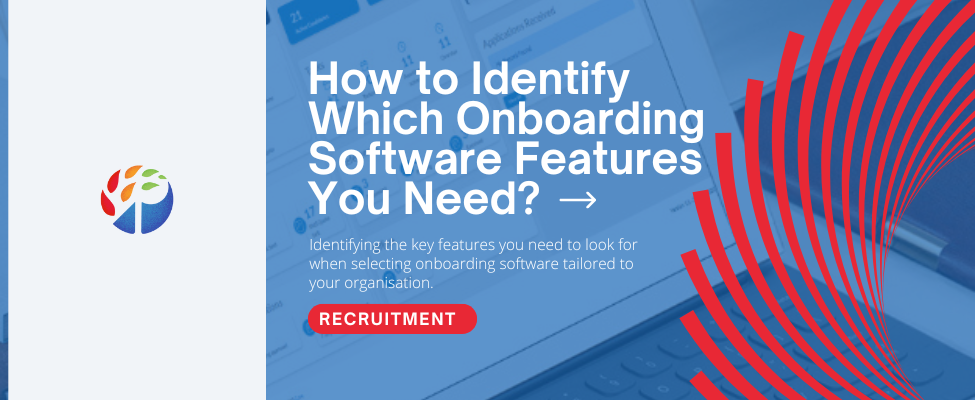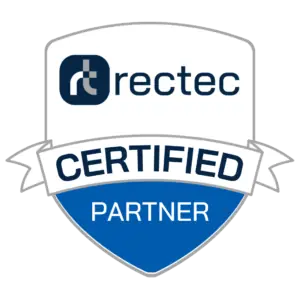How to Identify Which Onboarding Software Features You Need?
Effective onboarding is crucial for ensuring that new employees integrate seamlessly into your organisation. As companies strive to streamline their processes and enhance employee experiences, choosing the right onboarding software becomes paramount. However, with hundreds of options available in the market, it can be overwhelming to determine which features are essential for your specific needs.
This article will guide you through the process of identifying the key features you need to look for when selecting onboarding software tailored to your organisation.
Understanding Your Onboarding Software Needs
Before diving into the features offered by different onboarding software solutions, it’s essential to assess your current onboarding processes. Take a step back and see how your organisation currently onboards new hires, including the tools and systems used, the duration of the process, and any pain points or inefficiencies encountered along the way. By understanding your existing workflow, you can pinpoint areas for improvement and identify the specific features you need in an onboarding solution.
Essential Features for Effective Onboarding
Onboarding Automation
One of the primary benefits of onboarding software is its ability to automate repetitive tasks, such as paperwork, document collection, and compliance training. Look for software that offers customisable workflows and automated reminders to ensure a smooth and efficient onboarding experience for both HR teams and new hires. Consider a software platform that allows you to tailor the onboarding process to align with your company’s branding, policies, and procedures.
Integration Capabilities
Integration with existing HR systems, such as applicant tracking systems (ATS) and human resource information systems (HRIS), is essential for seamless data flow and centralised employee management. Choose onboarding software that offers robust integration capabilities to avoid data silos and streamline your HR operations.
Reporting and Analytics
Effective onboarding goes beyond the initial orientation period; it involves continuous improvement and optimisation based on data-driven insights. Look for onboarding software that provides comprehensive reporting and analytics tools, allowing you to track key metrics, identify trends, and make data-driven decisions to enhance your onboarding process over time.
Scalability and Flexibility
As your organisation grows and evolves, your onboarding software should be able to scale and adapt accordingly. Look for solutions that are flexible enough to accommodate changes in your workforce size, structure, and processes without significant disruption.
User Experience and Interface
The user experience (UX) and interface design of your onboarding software play a significant role in its adoption and effectiveness. Look for software solutions that prioritise usability, intuitiveness, and accessibility to ensure a positive experience for both HR professionals and new hires. Be sure all employees, regardless of their abilities can participate fully in the onboarding process.
Mobile Compatibility
In today’s mobile-centric world, employees expect the flexibility to complete onboarding tasks from anywhere, at any time, using their mobile devices. Look for onboarding software that is optimised for mobile devices, allowing new hires to access and complete tasks conveniently on smartphones or tablets.
Security and Compliance
Security and compliance are paramount when handling sensitive employee data during the onboarding process. Choose onboarding software that prioritises data protection, privacy, and compliance with relevant regulations, such as the General Data Protection Regulation (GDPR) and the California Consumer Privacy Act (CCPA) and industry-specific legalisation.
Ensure that the onboarding software employs robust security measures, such as encryption, access controls, and regular security audits, to safeguard employee data from unauthorised access, breaches, and cyber threats.
Cost and Value
When evaluating onboarding software options, consider not only the upfront costs but also the long-term value it provides to your organisation. Balancing features with budget constraints is crucial to maximising return on investment (ROI) and achieving cost-effectiveness.
Calculate the potential ROI of investing in onboarding software based on factors such as time savings, productivity gains, reduced turnover, and improved employee satisfaction. Choose a software solution that offers a favourable ROI and aligns with your organisation’s strategic goals and budgetary constraints.
Vendor Support and Training
Choosing the right onboarding software is only the first step; ongoing support and training are essential for successful implementation and user adoption. Evaluate the level of support and training resources offered by the software vendor to ensure a smooth transition and optimal use of the software.
Look for vendors that provide comprehensive onboarding assistance, including setup assistance, configuration guidance, and user training, to help your HR team get up and running quickly and effectively.
Trial and Demo Evaluations
Finally, take advantage of free trials and product demos offered by onboarding software vendors to test the software’s functionality, usability, and compatibility with your organisation’s needs. Use this opportunity to explore key features, interact with the software interface, and assess its suitability for your onboarding process before making a commitment.
Making the Decision
After thorough research and evaluation, create a shortlist of potential onboarding software solutions that meet your criteria and align with your organisation’s needs and budget. Compare the pros and cons of each option, solicit input from key stakeholders, and make an informed decision based on your findings.
Implementation and Rollout
Once you’ve selected the right onboarding software for your organisation, plan the implementation process carefully to ensure a smooth transition. Develop a comprehensive rollout strategy, including timelines, milestones, and communication plans, and provide adequate training and support to HR teams and end-users to maximise adoption and success.
Choosing the right onboarding software is a critical decision that can have a significant impact on your organisation’s efficiency, productivity, and employee experience.




Comments are closed